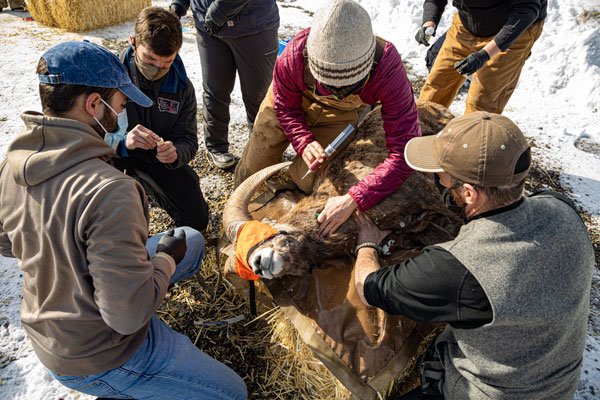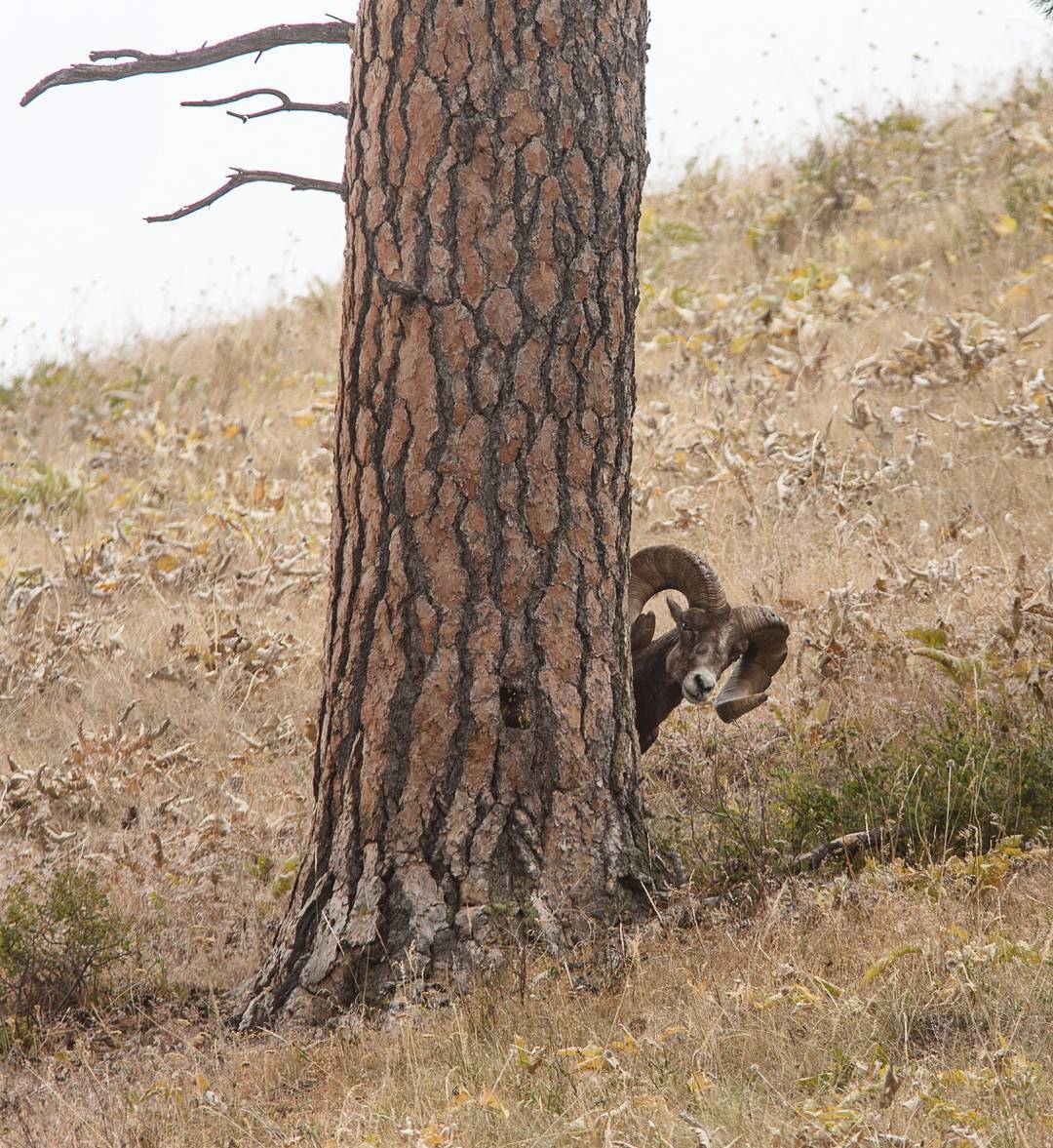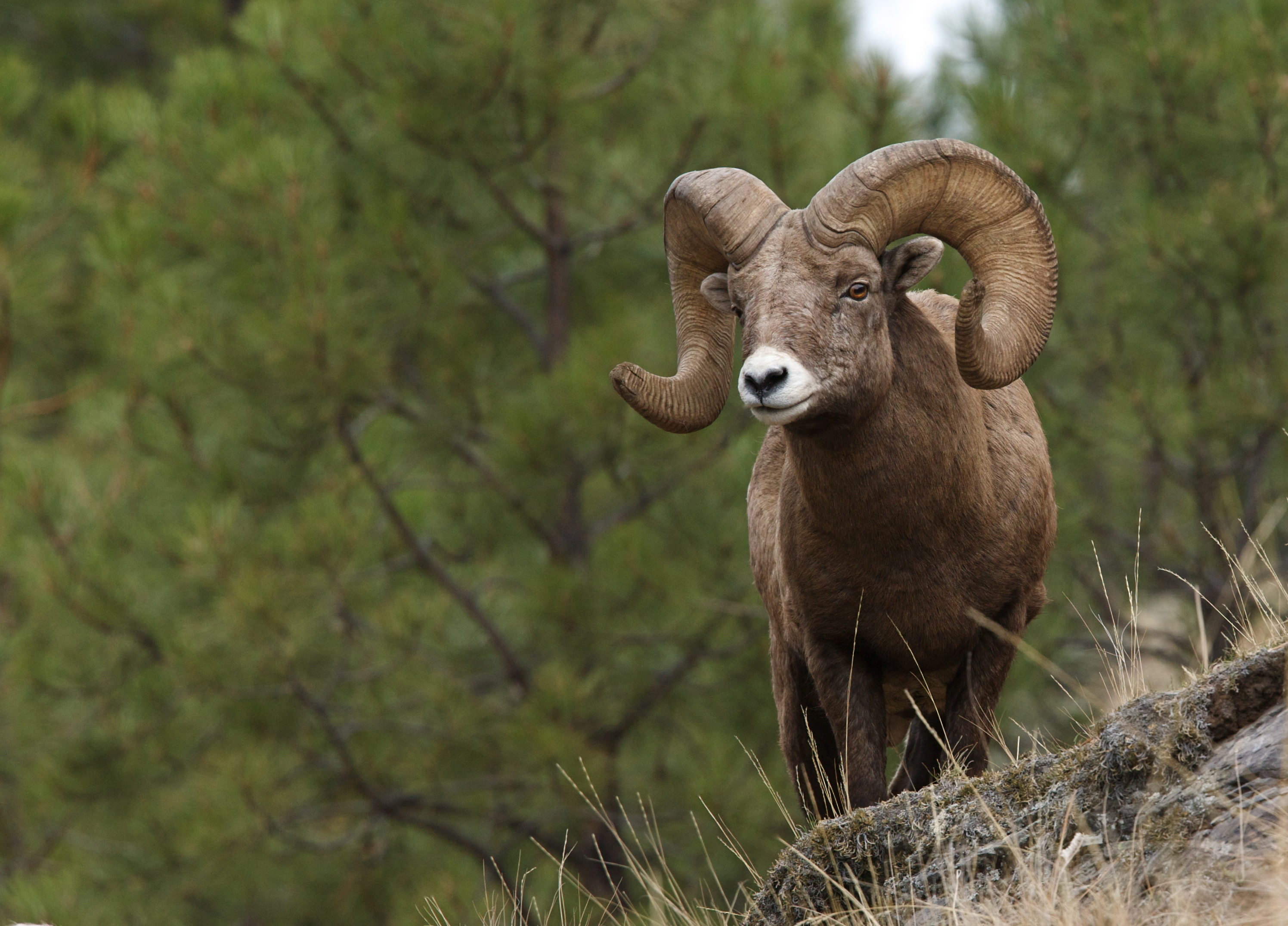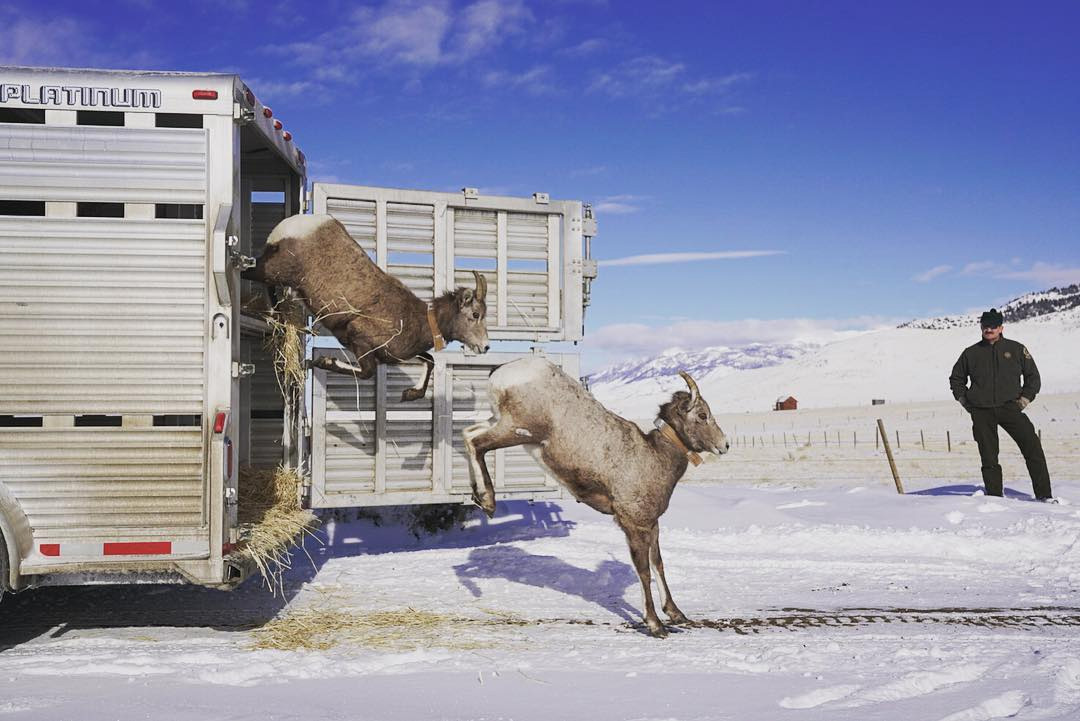Montana's draft Bighorn Sheep Conservation Strategy, which sets the overall direction of bighorn sheep management in Montana for the next 10 years, draws together in one document the history of the state's Rocky Mountain bighorn sheep from decline to recovery.
It also offers key narrative histories of all existing herds, including past and current management and the opportunities and challenges facing each population. Each narrative fully describes the factors in play when FWP considers hunting-license and harvest-quota levels.
For wildlife managers, the strategy outlines how FWP will monitor herd health and the status and condition of bighorn sheep habitat. It provides guidelines for trapping and transplanting bighorns and a process to help identify areas that might be suitable for transplanting bighorn sheep now and into the future.
The strategy establishes eight statewide objectives, yet seeks to remain flexible enough to incorporate new ideas and technological and scientific advances. Most important, it allows managers to adapt to changes in bighorn populations and their habitats as they occur.
While Montana has never before produced a comprehensive plan for bighorn sheep management, it has a 60-year history of successfully reestablishing bighorn populations across the state. That success has helped Montana to acquire an international reputation for managing robust bighorn sheep populations.
There are now 45 populations of bighorns across Montana with 36 sustaining limited hunting. Officials estimate that 5,700 bighorn sheep inhabit Montana, excluding Yellowstone and Glacier national parks.
The new strategy tackles a number of wildlife management concerns, including:
-
occasional large-scale die-offs often associated with contact with domestic sheep or goats
-
systematic long-term health monitoring
-
genetic integrity of native populations
-
establishing bighorn sheep populations to new areas
-
loss of habitat and development impacts to some bighorn populations
-
hunting and other recreational opportunities
To view annual harvest reports and more information, click here.
Montana offers hunting opportunities for bighorn sheep.





